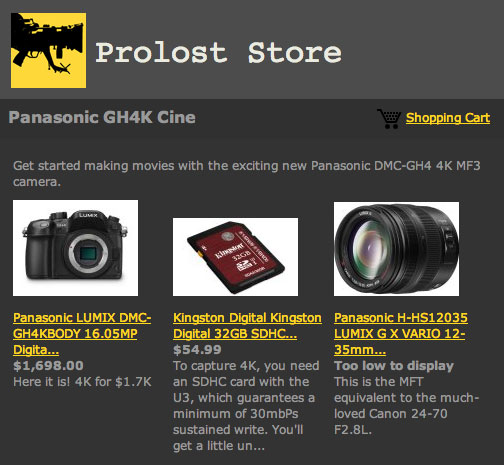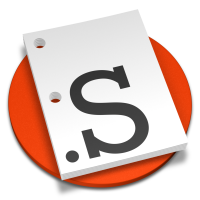Mark Christiansen, author of Adobe After Effects 7 Studio Techniques, has complete the third installment of a series of articles about the state of compositing software for visual effects, and how Adobe After Effects fits into the picture.
I agree with Mark central thesis that AE's weak spots are responsiveness under heavy loads and "pre-composing," although on the latter it's not so much that pre-comping (nesting one layered comp into another) is the problem, but rather that once you do, you've lost any ability to visually navigate your project. As I've mentioned before (wow, way back in 2004!), it's the project itself, not the layered comp, that is the workspace of After Effects, and its long past unconscionable that there's no decent way to navigate it.
The Orphanage has been running shots with Fusion and NUKE for a while new, having the possibly unique history of never once running a shot through Shake. Simultaneously, we currently have a large show using After Effects. It's fascinating to watch compositors seated in the same room work in two such different applications as NUKE and After Effects. While each has its strengths and weaknesses, as Mark adroitly summarized in part two, one colossal advantage of NUKE's nodal system over AE is navigability. Sitting over an AE comper's shoulder, I watch them search and hunt desperately for "where" they did a certain bit of compositing. A comper is a visual person, and yet they are forced to scour endless alphabetically-sorted lists or arbitrary expanses of tabbed panes to find a comp they pray they've named distinctively. If they ever dared open the Flowchart View, they'd likely find that AE had trashed whatever organization they'd attempted to create there.
Meanwhile, the NUKE comper navigates to the "place" in their node tree where they did a particular bit of work with two flicks of the mouse. In the same way that you can reach for a familiar book off your shelf without needing to read the title—the general location, the color of the spine, or even the fact that you've left it sticking out slightly are more than enough visual cues to identify it—the nodal comper creates a distinct visual landscape that they know like the back of their hand. Doing a bunch of procsessing on just the background? Lump those nodes over yonder. Got a cool light-wrap trick you like? The nodes that make up that technique take on a certain shape that you'll recognize at a distance and remember months later.
Looking back at my 2004 article I seemed almost apologetic about wishing for more of a nodal interface to After Effects. That hesitancy is now completely gone. AE's only leg up on Motion is that it can handle much more complex compositing. In order to maintain this important differentiation, AE needs to stop punishing its users for creating the very type of project that makes AE worth using—one that contains many nested precomps.
That's right, pre-composing is anything but evil—it's the key to AE's power. But AE will remain in this weird limbo between the high- and low-end until it gives us an interface that lets us visualize and navigate these nested comps.
Mythbusting (Part One)
Mythbusting (Part Two)
Mythbusting (Part Three)
fxguide podcast featuring Mark in a roundtable discussion of comping apps at NAB
 Wednesday, November 21, 2007 at 6:59PM
Wednesday, November 21, 2007 at 6:59PM 








